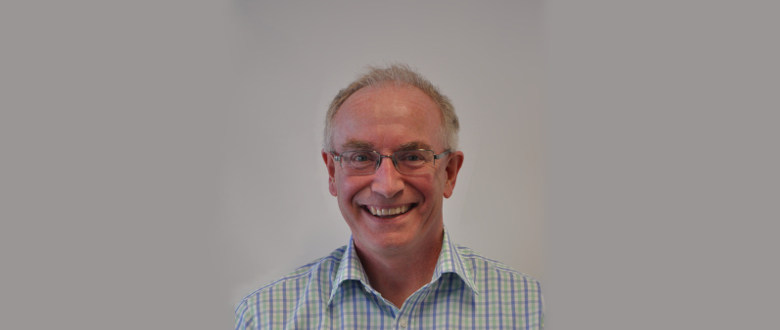
FLUG 2020 Online
Due to COVID19 the face to face FLUG 2020 meeting was postponed. We are now pleased to announce FLUG 2020 will be going ahead as a virtual meeting.
The second session is on the 2nd July. You can register here.
...

FLUG 2020 POSTPONED
Due to the Coronavirus COVID-19 outbreak the FLUG 2020 meeting due to take place on 1st May has been postponed until the autumn. Once the new date is confirmed we will provide an update.
...

Nominations closed
Closing date: 29th Febuary
Nominations are now closed for one of the FLUG officer posts. As no additional nominations were received Martin Williams has been re-elected. ...

Call for Abstracts – Extended!
Abstracts of up to 500 words in English are now invited for submission until 29th February. We are initially seeking contributions of approximately 15-20 minutes on any subject of your choosing but especially any work on testing or optimising rotational angiography or other 3D fluoroscopic applications.
We are also wanting to hold a Round Table discussion on issues that you think are important and will be taking offers of a short [<5 minutes] introduction to Round Table issues.
The abstracts will be reviewed and all authors will be notified. Authors of abstracts that successfully passed the review process, will be invited to present their work as an oral presentation.
You should receive a confirmation from us that we have your abstract. If you do not, or you have any other questions, get in touch at team@flug.org.uk...

Officer elected
Andy Rogers has been elected unopposed to replace Ana.
We thank Ana for her hard work, and welcome Andy to the management of FLUG.
Andy is currently the Lead Interventional MPE at Nottingham University Hospitals NHS Trust and also the immediate past-President of the British Institute of Radiology. He currently chairs the UK working group investigating how best to set DRLs in interventional procedures. He was recently on an international standards organisation IEC working group to represent the UK in a project looking at the use of dose data held in digital imaging modalities along with being a member of an ICRP working group that has published a report on Diagnostic Reference Levels. He is also a full member of the IEC Maintenance Team for interventional x-ray equipment. His current research interests are observer studies, skin dose assessment and optimisation in interventional cardiology and radiology.
...
